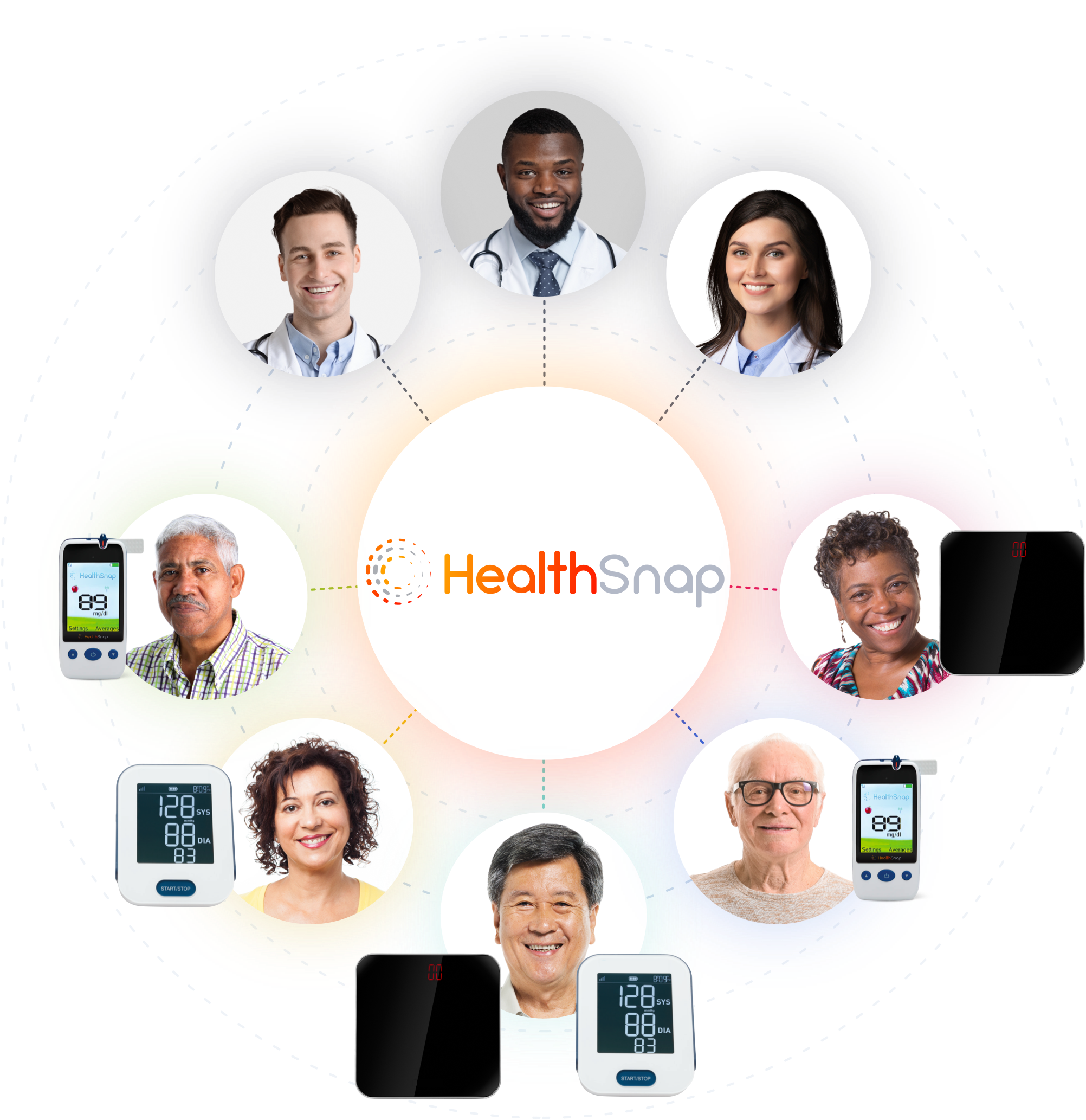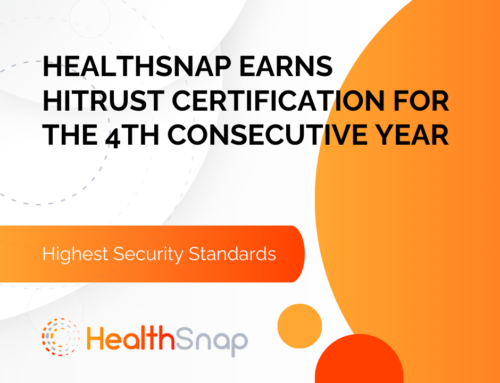Healthcare delivery has undergone a significant transformation with the evolution of telehealth. With cutting-edge advances in technology, telehealth has expanded its horizons beyond traditional clinical settings, making it possible to deliver healthcare services directly to a patient’s home.
Central to this transformation is Remote Patient Monitoring (RPM), a subset of telehealth that empowers healthcare providers to monitor patients remotely using digital medical devices such as blood pressure monitors, weight scales, pulse oximeters (to monitor blood oxygen levels), and blood glucose meters. The collected data through RPM devices is then electronically transmitted to healthcare providers for ongoing care management. Automated feedback and workflows can be integrated into the data collection process to flag out-of-range values or concerning readings.
Historically, RPM has been instrumental in monitoring symptoms of chronic conditions like cardiac diseases, diabetes, and asthma. Patients often utilize wearable devices to remotely monitor chronic health conditions. Recognizing the potential of RPM, the American Heart Association advocates for remote monitoring of vital signs for patients with hypertension, citing numerous research studies that highlight the benefits of RPM. These advantages encompass increased patient engagement in their healthcare journey, enhanced adherence to treatment plans, and the ability for physicians to extend their reach, providing care to patients without necessitating in-person visits.
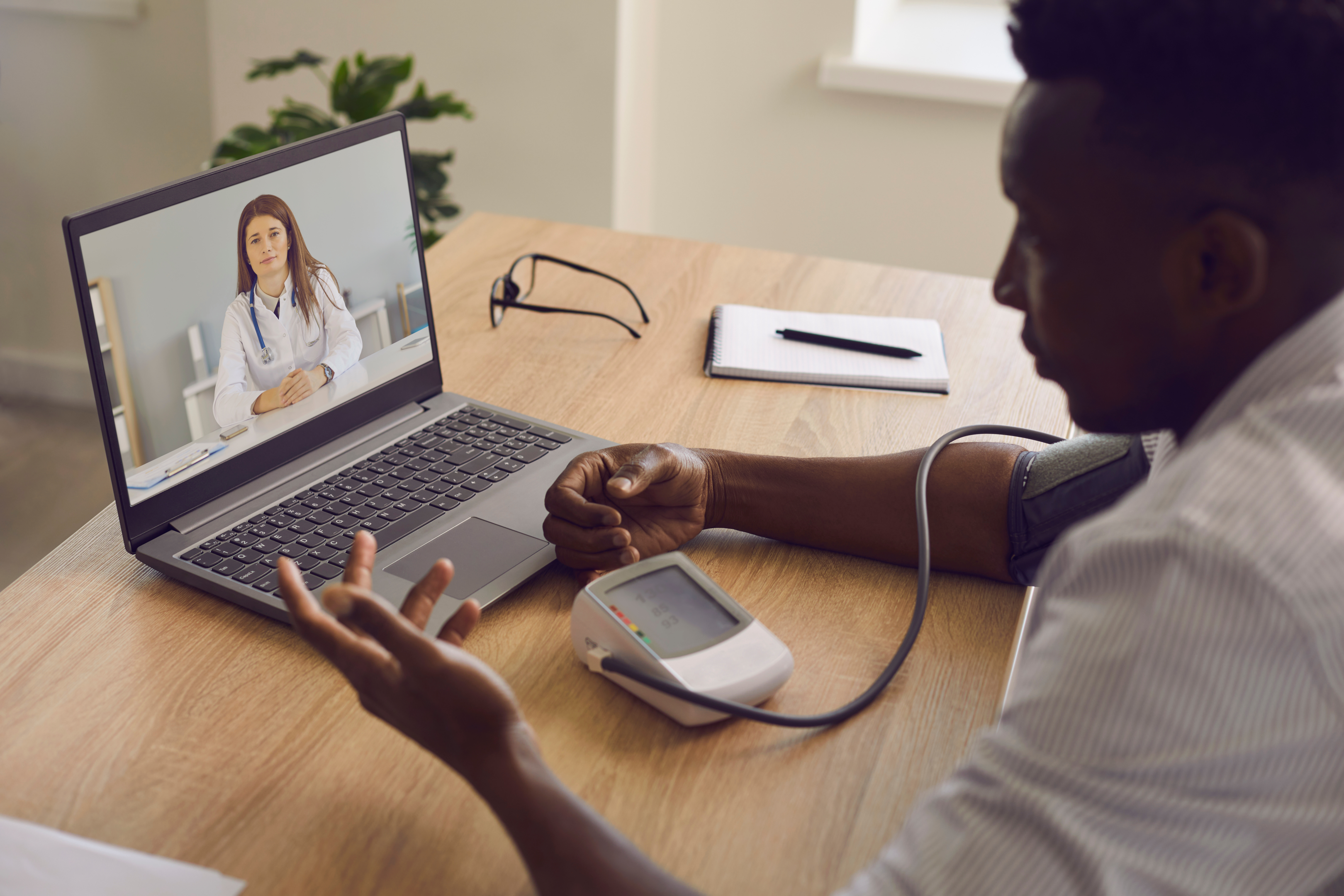
A 2017 study conducted by the US Government Accountability Office (GAO) revealed that RPM was frequently cited by provider and patient associations as a pivotal factor in improving or maintaining the quality of care. This endorsement has further propelled the adoption and integration of RPM into healthcare practices. Subsequent studies have corroborated the benefits of remote patient monitoring in managing conditions such as Chronic Obstructive Pulmonary Disease (COPD) and Congestive Heart Failure (CHF). The implementation of Remote Patient Monitoring has been associated with a reduction in emergency department visits, avoidance of hospital readmissions, and shortened hospital stays.
Clinical Evidence Supporting the Use of Remote Patient Monitoring
Over the past decade, research has consistently supported the clinical benefits of Remote Patient Monitoring devices. Below are key studies and findings that underscore the efficacy and advantages of RPM across various medical conditions and scenarios.
Hospital-At-Home Care: Reduced Length of Stay and Complications
A landmark study published in 2005 demonstrated that hospital-at-home care led to patients experiencing a shorter length of stay—3.2 days compared to 4.9 days—and fewer complications. This early evidence laid the groundwork for the subsequent growth and acceptance of RPM as a viable healthcare delivery model.
RPM as a Viable Alternative to In-Hospital Care
Recent research, particularly bolstered by the challenges posed by the COVID-19 pandemic, has further highlighted the potential of RPM as an alternative to in-hospital care. A study published in JAMA Open Network found that hospital-at-home interventions, which include at least one home visit from a nurse or physician, could be a promising substitute for in-hospital care, especially for patients with chronic diseases.
Effectiveness of RPM in Monitoring Covid-19 Patients
During the Covid-19 pandemic, RPM played a crucial role in monitoring patients at home, allowing hospitals to reserve beds for those who became critically ill. The Mayo Clinic published a study in npj Digital Medicine in 2021, revealing that patients enrolled in an RPM program had low rates of emergency department visits (11.4%), hospitalizations (9.4% within 30 days of enrollment), and a 30-day mortality rate of just 0.4%.
Similarly, a study by Kaiser Permanente involving 13,055 patients enrolled in its Covid-19 Home Monitoring program between April 2020 and February 2021 reported that 95.5% of the patients recovered and completed the program, with only 10.6% requiring hospital admission and 0.2% mortality rate.
Positive Outcomes for Chronic Conditions
RPM has not only proven effective for high-acuity conditions but also for managing long-term chronic conditions such as type 2 diabetes. A study from the St. Joseph’s/Candler (SJ/C) health system in Savannah, Georgia, published in October, revealed that diabetes patients who received care via RPM and telehealth during the pandemic experienced reductions in their A1C levels—2% and 2.2% at three and six months, respectively.
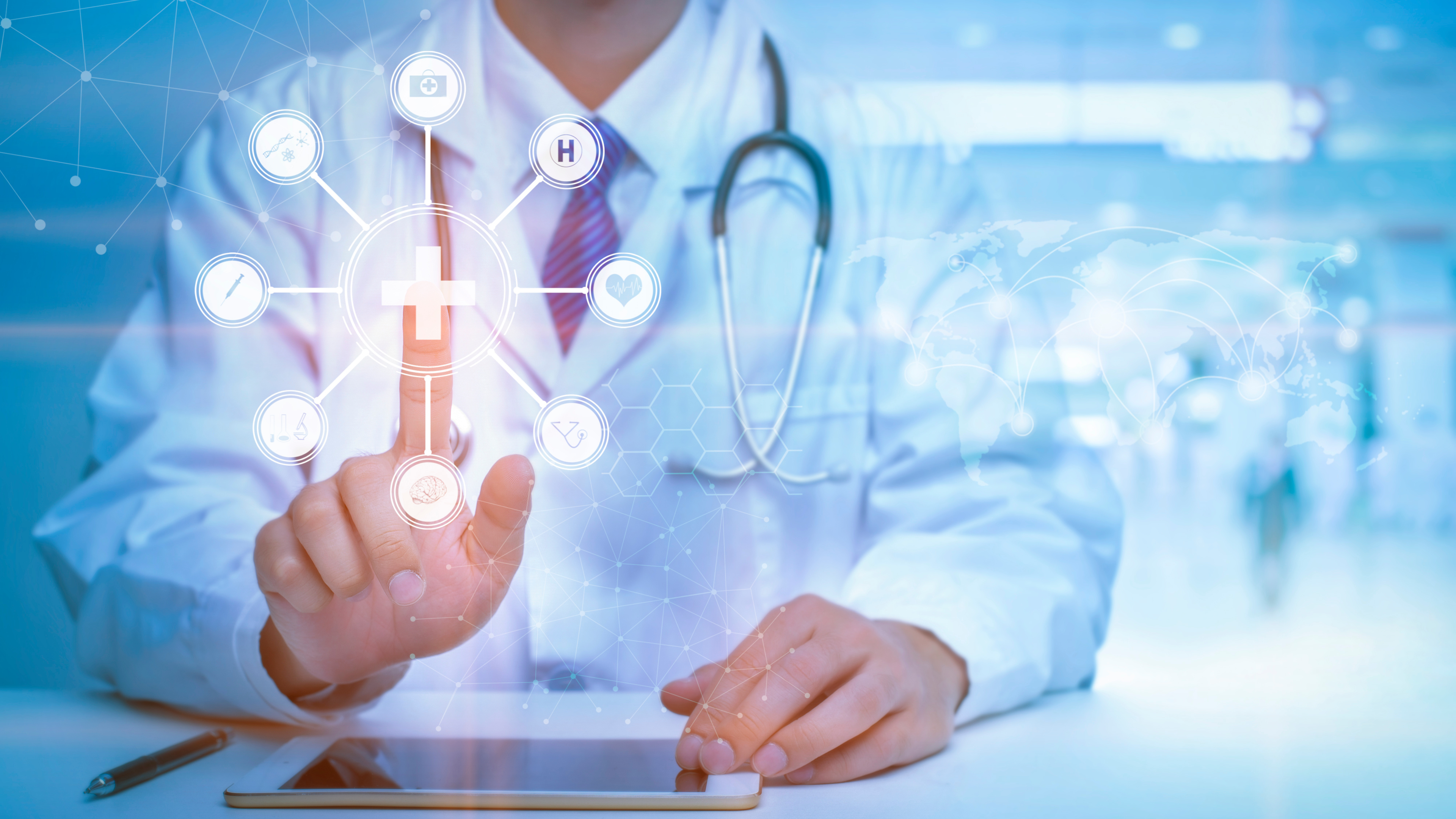
RPM in Oncology Care
The Huntsman Cancer Institute at the University of Utah conducted a study on its adult oncology hospital-at-home program. The findings indicated that within the first 30 days of enrollment, patients in the RPM program were 58% less likely to be admitted for an unplanned hospital stay, and those who were admitted had a shorter length of stay.
RPM for Neurodegenerative Diseases and Post-Surgery Care
Research organizations are investing significantly in studies focused on RPM’s use for neurodegenerative diseases like Alzheimer’s. Additionally, there is growing evidence supporting the use of RPM in post-surgery care and rehabilitation. A study published in 2020 reported a fourfold reduction in rehospitalizations among knee and hip replacement patients using RPM tools at home compared to those participating in in-person rehab programs.
Another research study published in the British Medical Association trade journal highlighted that although an RPM program did not significantly affect mortality or rehospitalization rates for non-elective surgery patients, it did substantially reduce pain and was associated with a significant increase in the detection and correction of medication errors.
Advantages of Remote Patient Monitoring for Patients and Healthcare Providers
Remote Patient Monitoring has emerged as a revolutionary approach in healthcare delivery, bridging the gap between traditional clinical settings and patients’ homes. As technology continues to advance, RPM offers a myriad of benefits for both patients and healthcare providers.
Benefits for Patients
Enhanced Patient Engagement and Empowerment
RPM provides patients with near real-time access to their health data, fostering a sense of empowerment and engagement in their healthcare journey. By regularly monitoring vital signs and symptoms, patients can actively participate in managing their health conditions, leading to improved outcomes and adherence to treatment plans.
Improved Quality of Care and Outcomes
RPM facilitates proactive healthcare by allowing clinicians to monitor patients’ health status continuously. This proactive approach enables early detection of potential health issues, leading to timely interventions, reduced hospital admissions, and improved overall health outcomes.
Convenience and Comfort
With RPM, patients can receive quality healthcare from the comfort of their homes, eliminating the need for frequent hospital visits. This convenience is particularly beneficial for elderly patients, individuals with mobility issues, and those residing in remote or underserved areas, ensuring they receive timely and consistent care without the challenges of traveling.

Personalized Care Plans
RPM enables the customization of care plans based on individual patient data. By continuously collecting and analyzing health metrics, healthcare providers can tailor treatment strategies to meet the unique needs of each patient, enhancing the efficacy of interventions and improving patient satisfaction.
Cost-Effective Healthcare
By reducing hospital readmissions, preventing complications, and facilitating early interventions, RPM contributes to significant cost savings for patients. Moreover, by minimizing the need for in-person consultations and hospital visits, patients can save on travel and associated expenses.
Improved Medication Management
RPM allows healthcare providers to monitor patients’ medication adherence and effectiveness in near real-time. This ensures that patients receive the right dosage and type of medication, leading to better symptom management and improved treatment outcomes.
Benefits for Healthcare Providers
Enhanced Care Coordination and Management
RPM enables seamless communication and collaboration among healthcare providers, ensuring coordinated and integrated care delivery. By accessing near real-time patient data, providers can make informed decisions, optimize treatment plans, and effectively manage chronic conditions, leading to improved patient outcomes.
Increased Efficiency and Productivity
Automated data collection and analysis in RPM streamline the healthcare delivery process. Healthcare providers monitor patients remotely, enabling them to manage a larger patient population efficiently. With RPM, providers can focus on delivering high-quality care rather than administrative tasks, leading to increased productivity and job satisfaction.
Reduced Healthcare Burden
RPM plays a pivotal role in alleviating the healthcare burden by preventing hospital readmissions, reducing emergency department visits, and minimizing complications. By facilitating early detection and intervention, RPM ensures patients receive timely and appropriate care, reducing the strain on healthcare resources and enhancing the overall efficiency of the healthcare system.

Expansion of Patient Base and Services
Remote Patient Monitoring programs offer healthcare providers the opportunity to expand their patient base and services by reaching individuals in remote or underserved areas. By leveraging technology to deliver quality care, providers can extend their chronic disease treatment services to a broader population, enhancing their reputation and market presence.
Compliance with Regulatory Standards
With the increasing emphasis on value-based care and patient-centric healthcare delivery, RPM enables providers to comply with regulatory standards and requirements. By adopting RPM, providers can demonstrate their commitment to delivering high-quality, patient-centered care, ensuring compliance with healthcare regulations and standards.
Cost Savings and Financial Benefits
RPM contributes to significant cost savings for healthcare providers by reducing hospital admissions, preventing complications, and minimizing the use of healthcare resources. Moreover, by optimizing care delivery and enhancing efficiency, providers can achieve financial benefits and improve the financial sustainability of their practices.
Facilitates Value-Based Care
Remote Patient Monitoring aligns with the principles of value-based care by focusing on improving patient outcomes, enhancing patient experience, and reducing healthcare costs. By adopting RPM, healthcare providers can transition from volume-based to value-based care, ensuring high-quality, patient-centered, and cost-effective care delivery.
Additional Revenue Streams
RPM presents an opportunity for healthcare providers to generate additional revenue through reimbursement for remote monitoring services. With the Centers for Medicare & Medicaid Services (CMS) and other payers increasingly recognizing and reimbursing RPM services, providers can capitalize on this revenue stream, enhancing the financial viability of their practices and offsetting the initial investment in RPM technology and services.
Advantages of Cellular Over Bluetooth RPM Technology
Selection of the appropriate Remote Patient Monitoring technology should align with the specific needs and preferences of your organization, patients, and healthcare practitioners.
Benefits of Cellular RPM Devices
Cellular RPM devices operate by collecting and transmitting patient health data over the same networks utilized by mobile phones. Companies offering cellular-connected devices typically collaborate with major cellphone providers to access their extensive networks.
-
Ubiquitous Coverage: Cellular-connected RPM devices can transmit patient health data from virtually anywhere that the cellular service provider’s network can reach.
-
Near Real-Time Data Transmission: The cellular option enables the recording and transmission of patient data in near real time, allowing the patient’s healthcare team to receive almost immediate alerts.
-
User-Friendly: Cellular RPM devices are generally easier for patients who may not be tech-savvy as they are essentially ready to use out of the box—simply insert batteries and power on.

Limitations of Bluetooth RPM Devices
Bluetooth RPM devices transmit patient data via short-range wireless connections to devices capable of connecting to the internet.
-
Privacy Concerns: Bluetooth connections, particularly those designated as “Bluetooth Low Energy,” can sometimes be “discovered,” potentially increasing security risks associated with the transmission of health data over the short-range wireless connection.
-
Technical Challenges: Bluetooth devices can be challenging to set up and may require multiple connections to be established if a device requires updates or reformatting. Pairing issues between devices and phones may frustrate patients, leading to increased requests for technical support.
-
Reliability of Internet Connection: Timeliness is crucial in remote physiologic monitoring. Patients need consistent access to the internet to transmit their health data to their healthcare team. If the internet connection is not reliable, there is a risk that the data will not be transmitted or will be delayed.
Reimbursement Overview for RPM Services
Remote Patient Monitoring is increasingly recognized as an essential tool in modern healthcare, with coverage extending across various payer programs. Here’s a breakdown of the reimbursement rates and coverage for RPM as of 2024, based on average Medicare reimbursement rates.
Coverage of Remote Patient Monitoring
-
Medicare and Medicaid Coverage: Remote Patient Monitoring is covered by Medicare. As of September 2023, it is also covered, in some capacity, by 37 state Medicaid programs, as reported by the Center for Connected Health Policy.
-
Commercial Payers: Many commercial payers also cover RPM, often within their telehealth coverage policies.
Medicare Reimbursement Breakdown for 2024
-
Initial Patient Enrollment: Medicare reimburses approximately $19 for the initial patient enrollment into an RPM program. This includes the setup of an RPM device and the delivery of any necessary patient education on using the device and receiving RPM services.
-
Base Monthly Payment: Medicare provides a base monthly payment of around $46 for monitoring patient data transmitted from the device and ongoing management of the device.
-
Communication Payment (20 Minutes): Medicare offers a monthly payment of about $48 for spending 20 minutes communicating with the patient or a caregiver about the transmitted data and any changes to the care management plan.
-
Additional Communication Payments: Medicare provides an additional monthly payment of about $38 if the communication with a patient or caregiver exceeds 20 minutes but is less than 40 minutes.
-
For communication requiring 40 minutes or more, Medicare will provide an additional — and final — monthly payment of $38. No additional payments are provided for communication taking one hour or longer.
Total Potential Monthly Reimbursement
When combining these reimbursement figures, the potential monthly earnings for an organization from a single remote patient monitoring patient can be up to approximately $170 following the initial setup. With that said, organizations typically provide about 20 minutes of RPM care management per month to a patient, bringing the total monthly reimbursement to around $94 per Medicare beneficiary.
While $94 might not appear substantial initially, as the Remote Patient Monitoring program expands, this per-patient figure accumulates significantly. For instance, enrolling 100 patients into an RPM program, with each receiving the minimum care management services, can yield approximately $112,800 in annual Medicare Remote Patient Monitoring reimbursement for an organization. Even after accounting for associated expenses, RPM offers a consistent and substantial revenue stream.
Comprehensive Care Management Impact
By offering Remote Patient Monitoring in conjunction with Chronic Care Management (CCM) and other services as part of a broader comprehensive care management program, organizations can provide their patients with improved, ongoing care while also increasing their own revenues.
2024 CPT Codes for Remote Patient Monitoring
To effectively bill and receive payments for Remote Patient Monitoring services, it is important to correctly utilize the appropriate CPT codes. Below is an overview of the key CPT codes designated for RPM services, which are generally categorized into two groups: RPM “service codes” and timed RPM “management codes.”
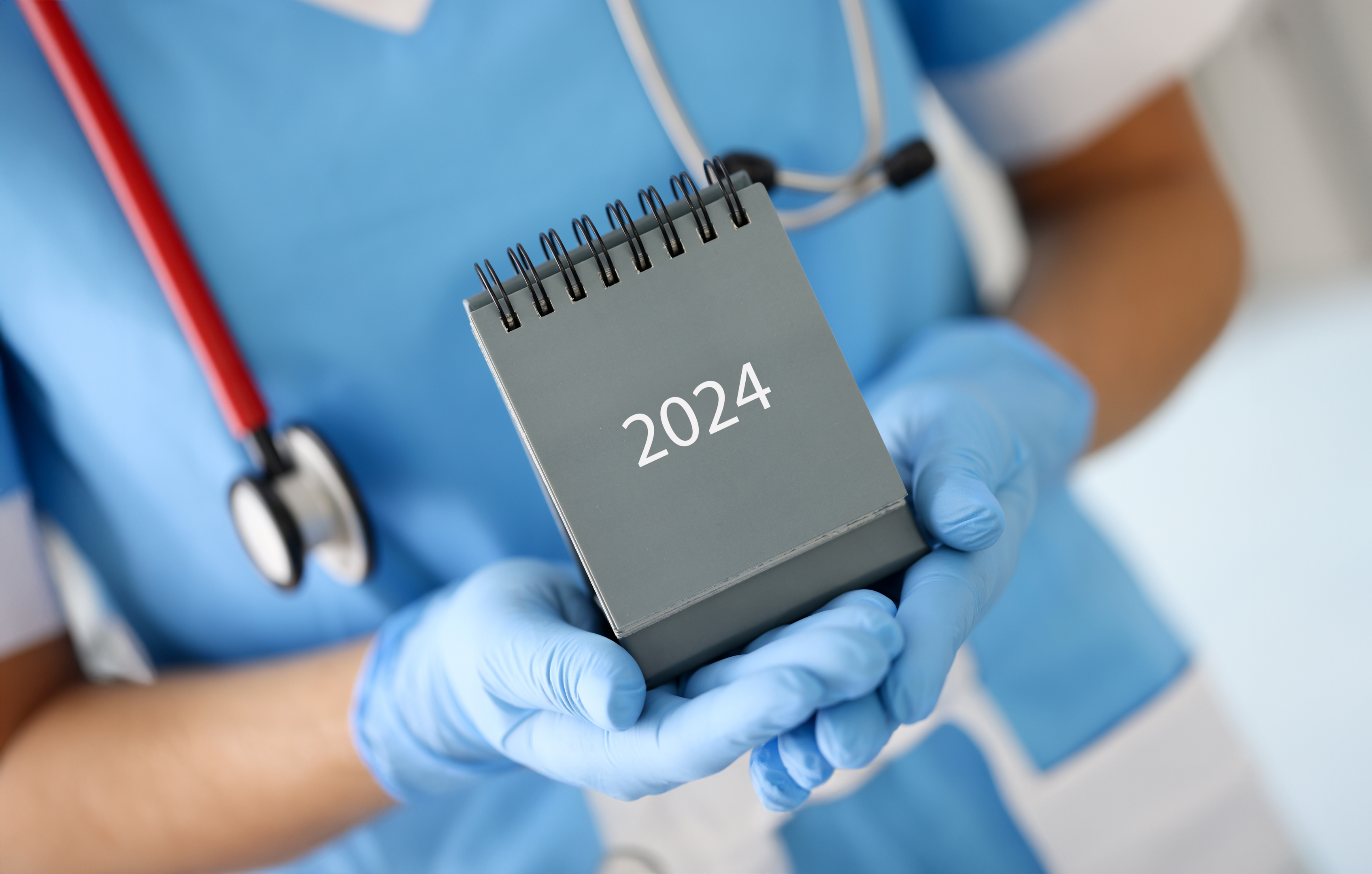
RPM Service Codes
CPT 99453 – Initial Setup and Education
This code covers the initial remote monitoring of physiologic parameters such as weight, blood pressure, pulse oximetry, and respiratory flow rate. Specifically:
-
It encompasses the set-up of the monitoring equipment.
-
It includes patient education on the use of the equipment.
CPT 99454 – Device Supply and Data Transmission
This code is for the ongoing monitoring of physiologic parameters and includes:
-
Supplying the patient with the monitoring device.
-
Daily recording or programmed alert transmission, billed each 30 days.
RPM Management Codes
CPT 99457 – Initial 20 Minutes of Communication
This code is for the remote physiologic monitoring treatment management services and involves:
-
Clinical staff, physician, or other qualified health care professional spending an initial 20 minutes in a calendar month on interactive communication with the patient or caregiver.
CPT 99458 – Additional 20 Minutes of Communication
This code is an extension of 99457 and covers:
-
Clinical staff, physician, or other qualified health care professional spending an additional 20 minutes in a calendar month on interactive communication with the patient or caregiver.
Supervision Guidelines by CMS
The Centers for Medicare & Medicaid Services (CMS) have clarified that CPT 99457 and CPT 99458 can be provided by clinical staff under the general supervision of the billing provider. This means that while the billing provider does not need to be physically present during the RPM service, they should be available for consultation if required.
By accurately documenting and using these CPT codes, healthcare organizations can ensure they are appropriately compensated for the remote physiologic monitoring services provided to their patients.
RPM Coverage for FQCHs and RHCs: Changes in Medicare Reimbursement
The 2024 Medicare Physician Fee Schedule final rule brought about a significant shift in the reimbursement for RPM and remote therapeutic monitoring (RTM) for federally qualified health centers (FQHCs) and rural health clinics (RHCs). Traditionally, these centers were not able to bill separately for RPM and RTM codes, as they were considered to be encompassed within an all-inclusive rate. However, the new final rule by CMS has altered this approach.
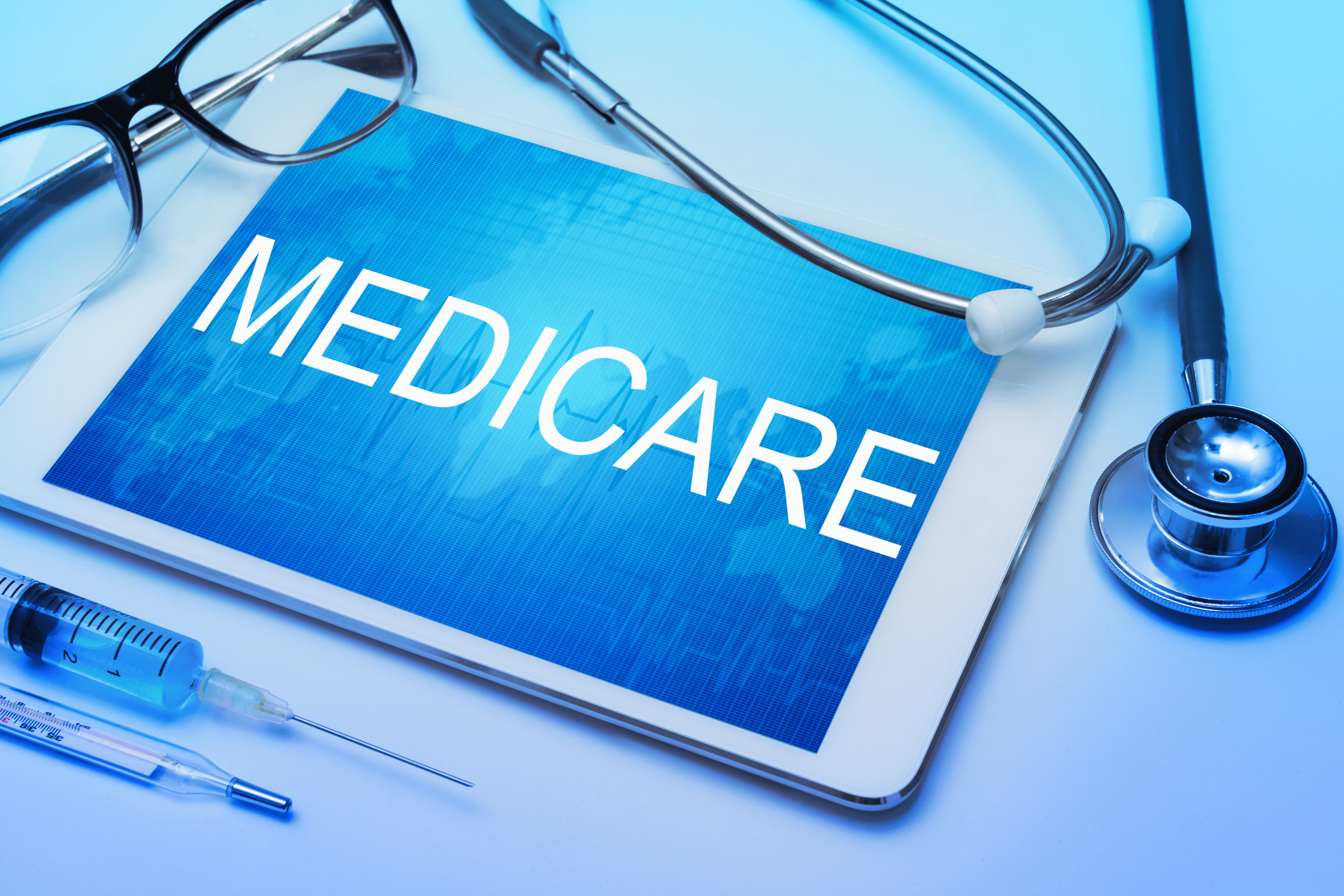
Starting in 2024, CMS has incorporated RPM and RTM into the general care management HCPCS code G0511. This means that FQHCs and RHCs can now bill for a range of services under this code, including:
-
Remote physiological/patient monitoring
-
Remote therapeutic monitoring
-
Chronic care management
-
Principal care management
-
Behavioral health integration
-
Chronic pain management
-
Community health integration
-
Principal illness navigation
Billing Guidelines for FQHCs and RHCs
FQHCs and RHCs can bill the G0511 code multiple times in a calendar month for the same patient, provided they meet the minimum requirements. For 2024, the base Medicare reimbursement for G0511 is approximately $73. This change presents an exciting opportunity for FQHCs and RHCs to expand their remote care management services, offering more comprehensive care to patients while also generating substantial and scalable revenue.
Take Your Healthcare Organization to the Next Level with HealthSnap’s Virtual Care Management Programs
HealthSnap offers a comprehensive Remote Patient Monitoring program that seamlessly integrates with your existing healthcare systems, ensuring smooth operation and data management. Empower your care teams and elevate your patient care strategy to proactive and continuous monitoring, while enhancing patient outcomes and diversifying revenues.
HealthSnap is HITRUST-certified, HIPAA-compliant, and interoperable, ensuring security, reliability, and compliance for seamless care coordination. Call us at 888-780-1872 or contact us online to schedule a consultation with a HealthSnap Specialist.

